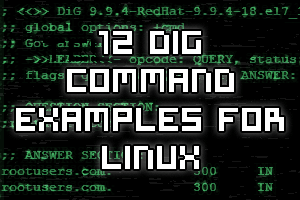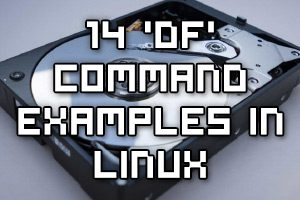
DNF, or Dandified Yum, which is the next major version of the Yum package manager was introduced with Fedora 18. As of Fedora 22, it has become the default package manager.
As you may know, the Fedora Linux operating system is essentially a bleeding edge testing ground for packages that may be included in RHEL/CentOS based distributions in the future.
It is therefore likely that in some future release, RHEL/CentOS will also make use of DNF rather than Yum to take advantage of the new features, so let’s take a look at what’s involved in installing and using DNF in CentOS Linux so that we can be ready for it when it’s made default.








